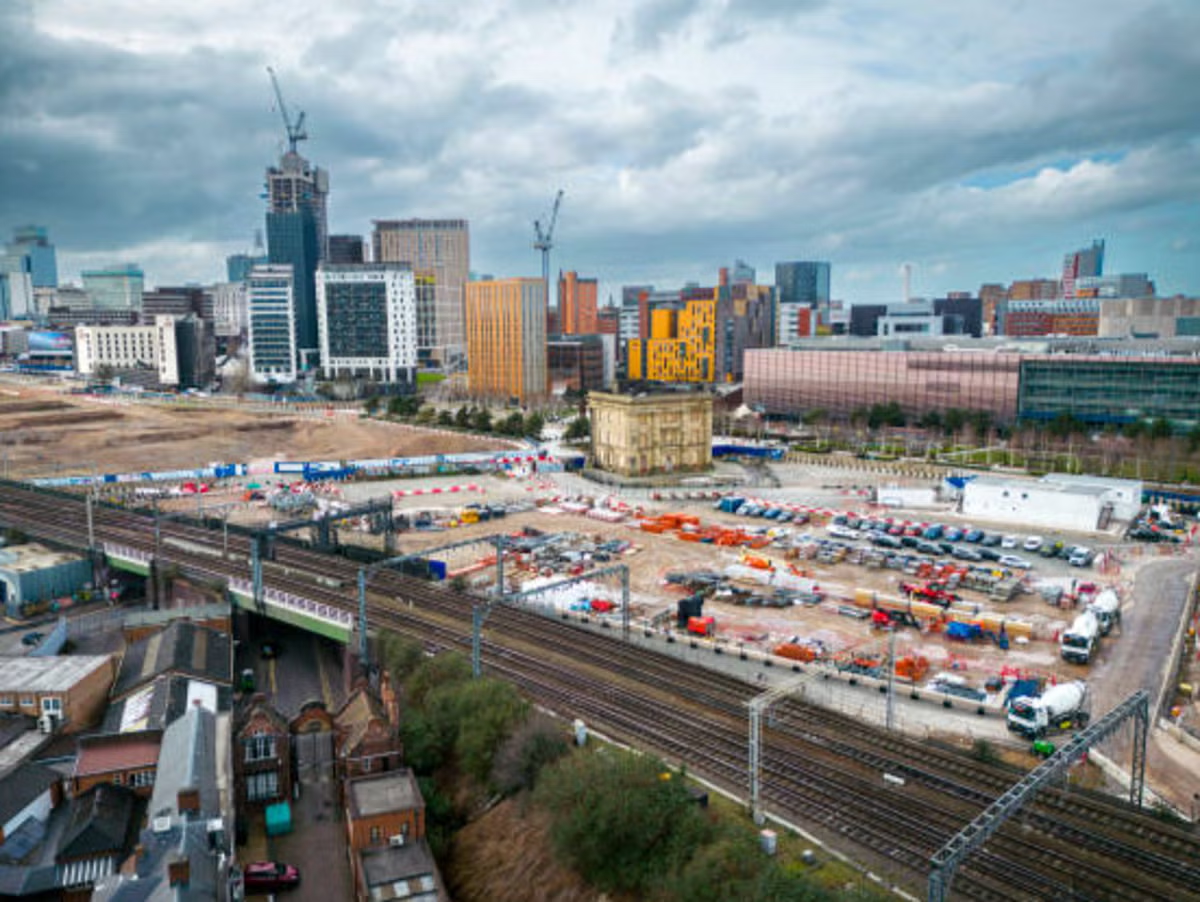
After years of setbacks, controversy and spiralling costs, the northern leg of the long-awaited HS2 rail project has been scrapped.
The Manchester leg of the high-speed project has been pushed back until at least 2029, effectively kicking it into the long grass.
It comes after The Independent exclusively revealed that Rishi Sunak was considering ditching plans for the route from Birmingham to Manchester.
A source close to government discussions said that the prime minister would announce the northern leg of HS2 had been scrapped at the Tory conference – mostly likely in his Wednesday speech, though it could be brought forward to Tuesday.
Britain’s largest infrastructure project had been scheduled initially to open in 2026, but the date of the London-to-Birmingham leg alone has been put off until 2029 to 2033 following technical difficulties and rising bills.
The total cost, estimated at around £33 billion in 2010, is now expected to reach £71 billion.
Below we look at everything you need to know about the troubled scheme:
Follow all our latest politics and HS2 updates in our live blog.
What is HS2 and what is the route?
High Speed 2 is an ambitious rail project, involving 345 miles of new high-speed track.
The first phase of this high-speed line will include stations at London Euston, Old Oak Common in west London, Birmingham Interchange and Birmingham Curzon Street. Work on this section, which will join the West Coast Mainline, is already underway.
Phase two, which has now been scrapped, was in two parts, 2a and 2b, and ended in Manchester. But with the northern leg now kicked into the long grass, the line will no longer make it past Birmingham and the northern city will not get a new connection to London.
Phase 2a had long been planned to involve a line running from Lichfield in the West Midlands to Crewe, before services joined up with the existing network so passengers could travel on to Liverpool, Manchester, Preston, Carlisle and Glasgow.
The law for phase 2a had received royal assent but the opening date had been pushed back from 2033 to between 2035 and 2041.
Take a look at the maps below for HS2’s route, including the now-scrapped northern leg:
The HS2 route, as the northern leg has been scrapped— (PA)
The latest HS2 project map shows the 2a and 2b phases which have been scrapped— (HS2)
When was HS2 first announced and why is it needed?
Labour first established HS2 Ltd in 2009 to examine the case for the high-speed rail line. Three years later, then-transport secretary Justine Greening announced the government was going ahead with the project despite concerns over cost.
HS2 was designed to relieve pressure on the West Coast line and reduce journey times.
When the plan was first unveiled, the arguments were focused on cutting journey times. But the real reason is to provide much-needed extra capacity.
The existing West Coast main line is the busiest inter-city route in Europe, handling a mix of Avanti express services, commuter trains and freight. There is no room for expansion, and the system has little resilience.
How much faster will the journeys be?
Target times for HS2 - including the scrapped leg - compared with the fastest times for journeys today, include:
London-Birmingham: 45 minutes (81 minutes)
London-Manchester: 67 minutes (125 minutes)
Birmingham-Manchester: 40 minutes (87 minutes)
What were the concerns over the northern leg?
Construction work near Lichfield— (Getty Images)
The news the northern leg will be scrapped follows the announcement last month from HS2 Ltd’s chief executive Mark Thurston that he was resigning amid major delays and cost pressures for the project. Two weeks later, an official watchdog rated HS2 “unachievable” for a host of reasons.
Both the first two phases were given a “red” flag by the Infrastructure and Projects Authority, which reports to the Cabinet Office and HM Treasury.
"Successful delivery of the project appears to be unachievable,” the authority warned. “There are major issues with project definition, schedule, budget, quality and/or benefits delivery, which at this stage do not appear to be manageable or resolvable. The project may need re-scoping and/or its overall viability reassessed."







